An Illustrated History of Old Sutton in St Helens, Lancashire
Part 73 (of 95 parts) - Memories of Sutton Part 23
‘Memory Snapshots of No. 9 Lea Green Cottages’ by Sheila M. Bailey (née Ellaby)
Compiled by Stephen Wainwright ©MMXX
‘Memory Snapshots of No. 9 Lea Green Cottages’
by Sheila M. Bailey (née Ellaby)
‘Memory Snapshots of No. 9 Lea Green Cottages’ by Sheila M. Bailey (née Ellaby)
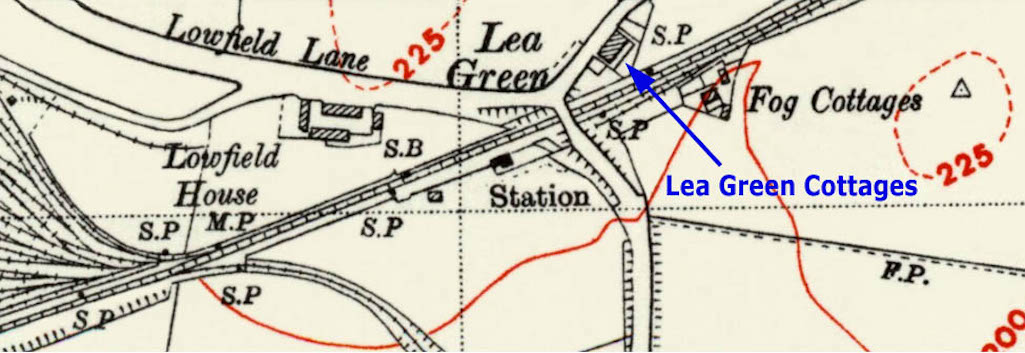

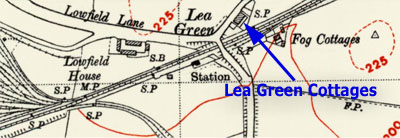

Gas Light – When I was born the cottage’s only lighting was through oil lamps, then at some point, I don’t know when, gas was fitted and our home was lit by gas lights. These used gas mantles which, would only last for so long before they broke. My Mum would go to town and buy new ones. There were no buses running through Lea Green at that time and we had to walk to Marshalls Cross to get a bus into town. The cottages never had electricity; my parent’s first experience of living with electric lighting was when they left the Lea Green cottages for a new council house in June 1962.
My understanding is that the cottages were owned by Lea Green Colliery. My Dad worked at the colliery, at first underground but later on the surface. I can remember coal being delivered at the cottage; it was basically just dumped in a pile at the back gate. Mum and Dad had to fill buckets and carry it up the back yard placing it into our coal shed. When the family left the Lea Green cottage Dad transferred to Bold Colliery working on the surface and his coal was now delivered and placed in his coal shed by the coalmen. Electric light and coal put directly into the coal shed - what luxury!
Neighbours – I remember our neighbours at Lea Green cottage: Mrs. Mynie Jump and her daughter Edith, with son-in-law Burt Simms and their children Malcolm and Alan
Mr. and Mrs. Crosby and their three children; Jimmy, Tommy and Alice
Mrs. Crosby and her daughter Emma, with son-in-law Lol Stretton and granddaughter Barbara
Mrs. Beatrice Sutton and her daughter Ethel, with son-in-law Bob Brown and also her young nephew Alfred. Mrs. Sutton was the mother of Alf Sutton who founded Sutton’s Haulage Transport. This is now a global logistics company. I can recall Alf visiting his Mum in Lea Green Road, I remember he had a big red car, but I don’t know what type it was?
Mr. Harry Naylor and his housekeeper Mrs. Cook and her daughter Ethel
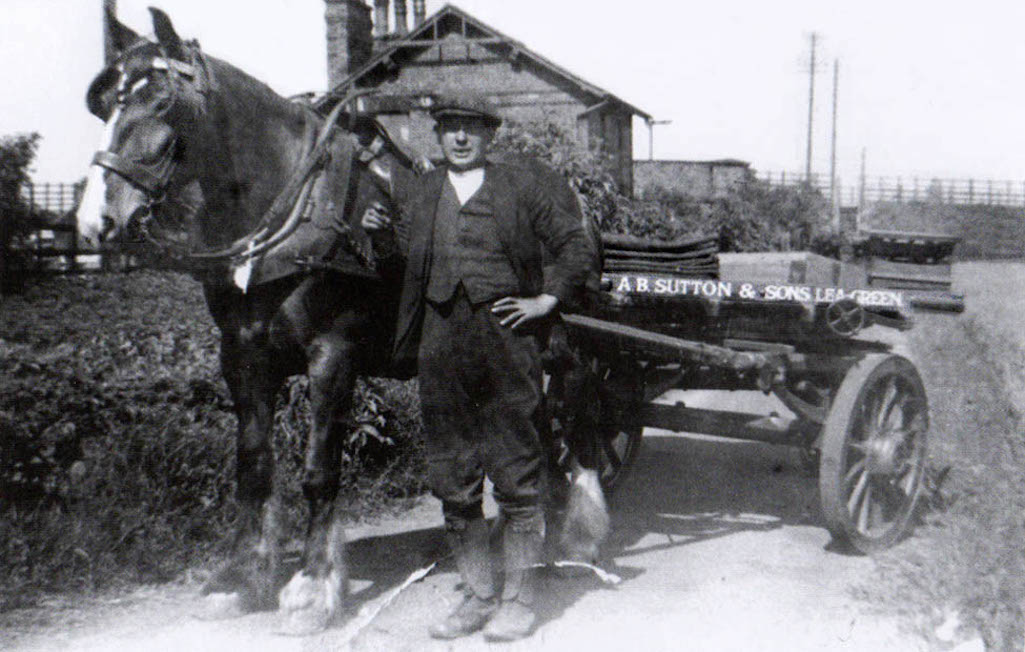
Alf Sutton in 1926 with Station Master’s house behind him – nb. chimney pots of the actual station building

Alf Sutton in 1926 - the house behind was probably the Station Master’s

Alf Sutton pictured in 1926
Childhood Games – Me and my friend Alice used to play ‘house’ in the railway workers carriage, which was parked on the goods lines at Lea Green Station nearby. We would watch where the workmen hid the carriage key as they went home and then we got the key and went into the carriage to play ‘house’ using the workmen’s cups. When it was getting dark we would tidy up, leave everything in its place and lock up the carriage before returning the key to its hiding place.
On one side of the railway track the workmen kept a large pile of small stones; this must have been used for track ballast. Some of the stones were nicely marked with lines running through them. We would collect the nice stones and use them as pretend cream cakes when we played ‘Shop’. I remember one occasion playing in the station store yard with my young brother, when I found what appeared to be a small flat tin. I began hitting it with a stone so as to open it up and suddenly there was a loud bang. It shocked and frightened us and made my brother deaf for a little while. It turned out that what I thought had been a small thin tin was actually a rail detonator. This was used on the railway lines as a warning when workers were working further down the line or when it was foggy and drivers needed warning of potential hazards ahead.
Schools – I went to Marshalls Cross Infants School along with my sister Jean. I recall that we used to take our gas masks to school. I had a red one which they called a Mickey Mouse mask and Jean’s was a black one. My brother as a baby had a gas mask in which he could be placed inside and air pumped into him. My Mum kept it until moving home in 1962. My teacher was Miss Lamb and Jean’s teacher was Mrs. Finch. No buses ran near our cottages, so we had to walk to school.
In later years when going to Robin’s Lane School buses ran from Sutton Manor through Marshalls Cross. They seemed to be always full and drivers didn’t stop for two kids! However on some mornings Miss Beard, the infant school headmistress, would drive by and give us a lift to school. During my time at Robin’s Lane School I remember teachers as Mr. Briggs as Headmaster of the Juniors, with Mr. Smith and Mr. Maverty. Miss Gee was Headmistress of the Seniors, with teachers being Miss Newsham, Miss Ivy Ashton, Miss Edith Ashton (Music), Miss Nicholl (Needlework), Miss Marr (Games) and Mrs. Evans.
War Time – I have a memory of a family war-time story, but I am not sure whether all the parts of the story happened in one night or on different occasions. Anyhow my Dad was a member of the local ARP (Air Raid Precautions) and one night following his rounds he was stood on his doorstep chatting to our next door neighbour Mr. Naylor. They began to hear the distant drone of aircraft engines approaching and my Dad said it was a ‘Jerry’ plane and it was. Dad and Mr. Naylor got back inside their homes just as the plane flew over. Damage was caused to Lea Green Bridge and growing up as children we called the marks on the bridge shrapnel marks. My son informs me that he has seen other folk’s accounts of how Lea Green Bridge was machine gunned by a German aircraft attempting to attack a passing train, so this maybe better explains the marks on the bridge.
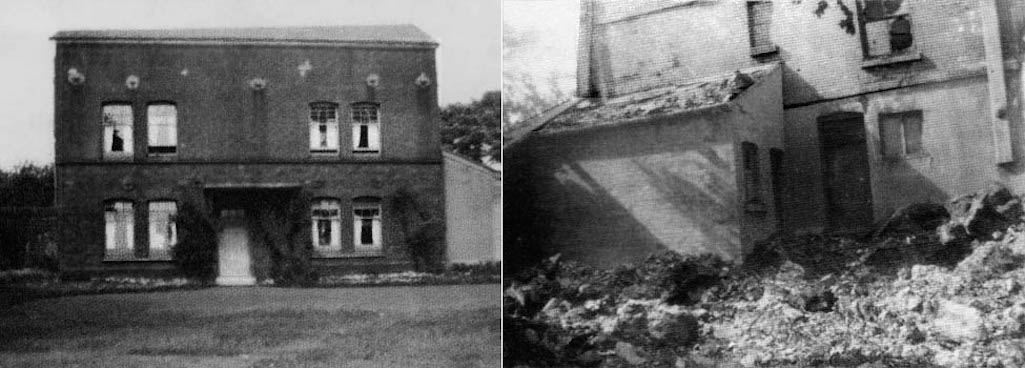
Left: Big Lea Green Farmhouse pictured about 1938; Right: The bomb damaged farmhouse in September 1940

Left: Big Lea Green Farmhouse c.1938; The bomb damaged farmhouse
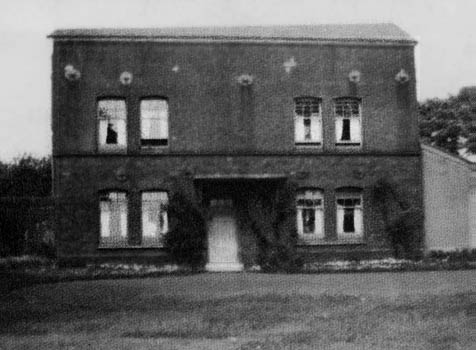
Big Lea Green Farmhouse c.1938
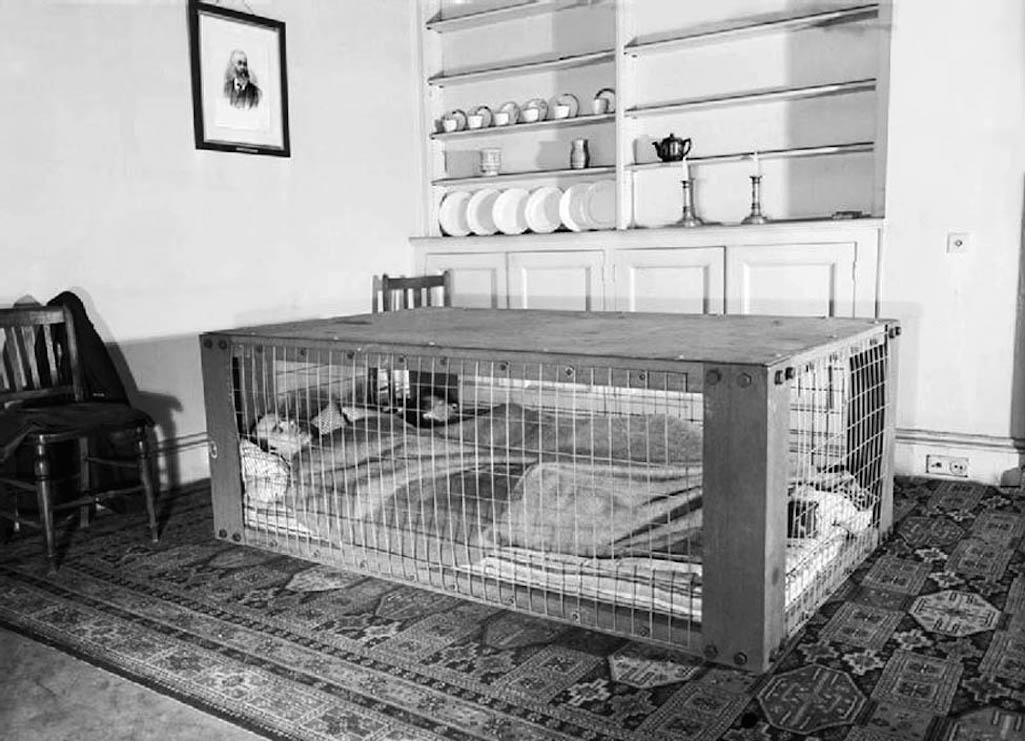
Americans – I recall sitting on our door step with my friends. ‘Yanks’ (American servicemen) based at the Burtonwood Air Base, would come past taking a country walk during their off-duty time. We would say “have you got any gum chum” and they used to throw us a packet of chewing gum. It is worth noting that during my childhood and youth many of the present-day housing and industrial developments in place across Lea Green, Sutton Heath, Marshalls Cross, Sutton Leach, Clock Face and Sutton Manor had not been built. Lea Green and the surrounding areas were quite rural in nature. My son tells me that according to some sources by the end of the war 18,000 servicemen were stationed at RAF Burtonwood.
Lea Green Farms – There were two farms: Fenney’s Farm in Lea Green Road (a.k.a. Big Lea Green Farm). Brother and sisters Arthur, Edith and Mary Fenney ran the farm (with their father Thomas having run it before them). Fenney’s farm does not exist now as it has all been built upon, the vast Co-op distribution warehouse having been built on the site of the farm.
My cousin Ken Turner worked on Fenney’s Farm with Eric Jones and Johnny Walker. During harvest time Ken or Johnny would drive the tractor and trailer full of peas with their pods still attached to the plant storks. They were taking them to a sorting cannery somewhere in Rainhill. As the tractor and trailer passed the cottages we would be waiting and would jump onto the back of the trailer pulling peas / storks off onto the road. When the tractor had gone we would gather up the peas and eat some of our ill-gotten booty and give the rest to our Mums for cooking! It was great fun and I suppose helped the family budget a little during that time of food rationing.
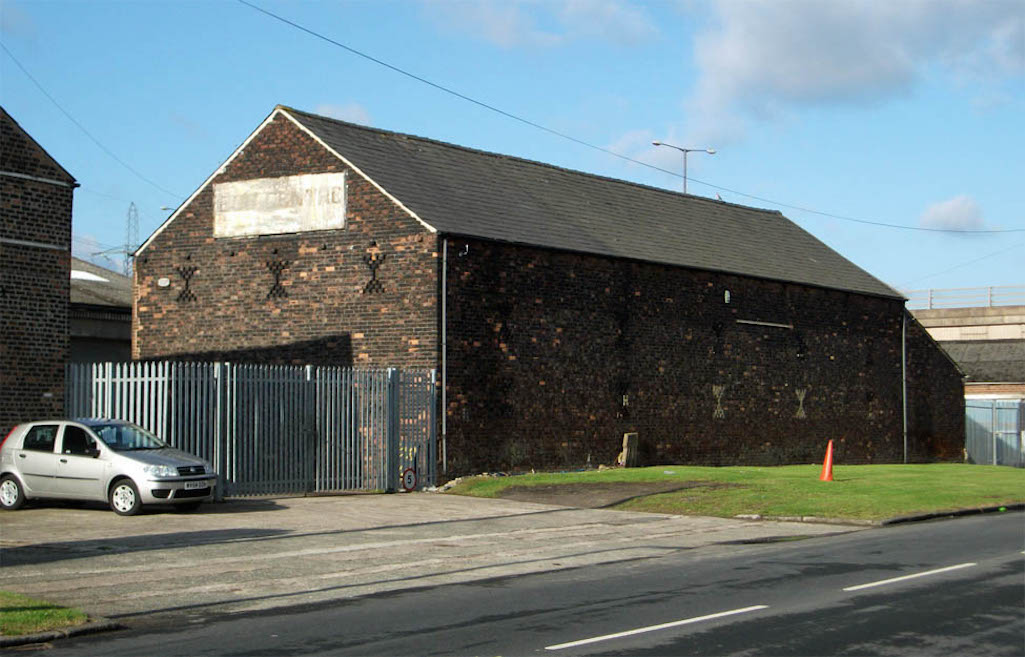
Former Houghton’s Farm Barn on Lowfield Lane - note patterned ventilation holes built into the barn’s brickwork

The former Houghton’s Farm Barn on Lowfield Lane in Lea Green

The former Houghton’s Farm Barn
I remember playing at the farm. Edith was lovely with us and allowed us to play on her front porch. It overlooked a field and we could see the Lea Green Signal Box and railway lines from the porch. The express steam trains and goods trains would go past on a regular basis. We would also go and see the pigs and piglets and pick gooseberries out of the orchard for Edith.
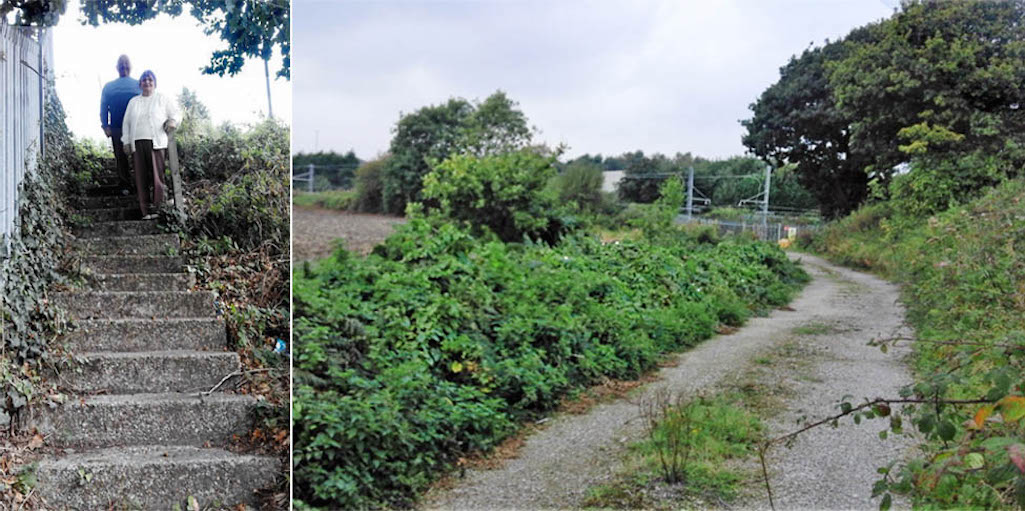
Left: Sheila and Ken Bailey on the steps that led to the old Lea Green Station; Right: Walkway that led to the station

Sheila & Ken Bailey on the steps that led to the old station and walkway
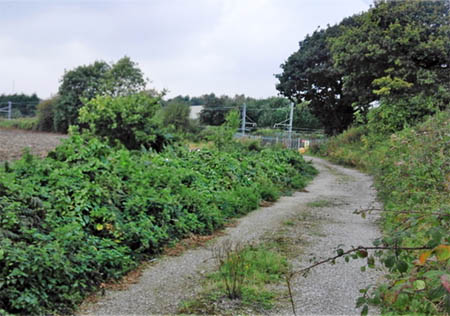
Walkway that led to the station
Shopping – There was no local shop in Lea Green, so to buy groceries my Mum had to walk to the bus stop in Marshalls Cross to get to the Co-op store in Peasley Cross. I remember the store had sawdust on the floor. The Co-op had a scheme known as the ‘divi’ (the dividend), which was like today’s bonus schemes run by the large supermarkets. I know my Mum’s Divi number was 1877 and I think but am not sure that she claimed her Divi money every six months from the Co-ops’ Helena House in St. Helens. My Mum still had her Divi number up until leaving Lea Green to live in a new council house in June 1962. I also recall that grocers would deliver goods, always wrapped up in brown paper and tied up with string.
Indian Salesman – We had an Indian salesman who would call at the cottages selling items out of a suitcase such as silk scarves, handkerchiefs and table dressing cloths. His name to us was ‘Glam’. I have no idea where he came from but I presume he got to Lea Green by train from Liverpool or perhaps Manchester. Maybe he was looking to sell his wares at Lea Green Colliery on paydays and doing house calls in between catching the many miners during shift changes? I believe he also called on houses in the Sutton Manor area and I recall my Aunt Margaret mentioning him. I wonder if anyone else has a memory of an Indian door-to-door salesman and I wonder what became of ‘Glam’. Did he end up becoming a millionaire!
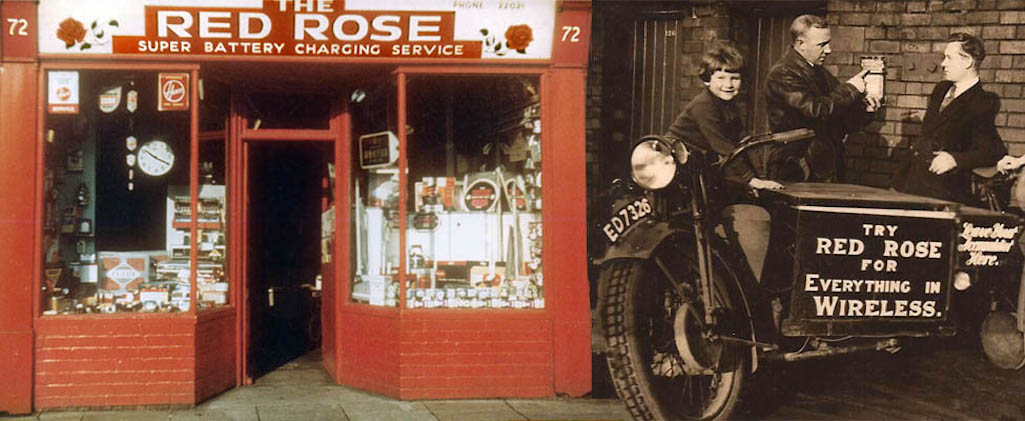
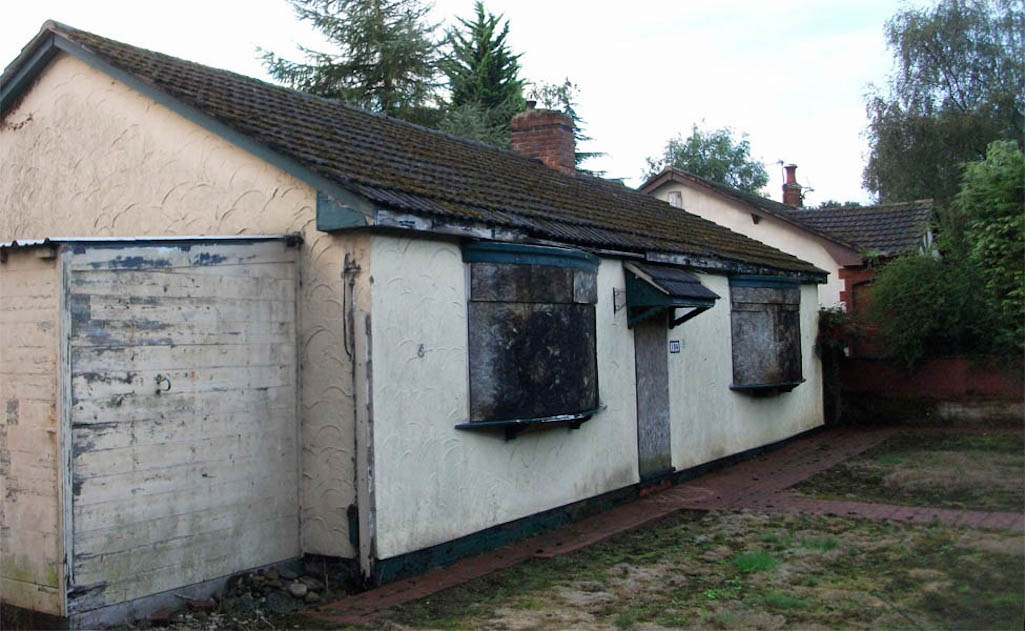
The bungalows which were built on the site of the six former cottages in Lea Green Road - one is in a poor state

Bungalows which were built on the site of the six former cottages

Bungalows in Lea Green Road



